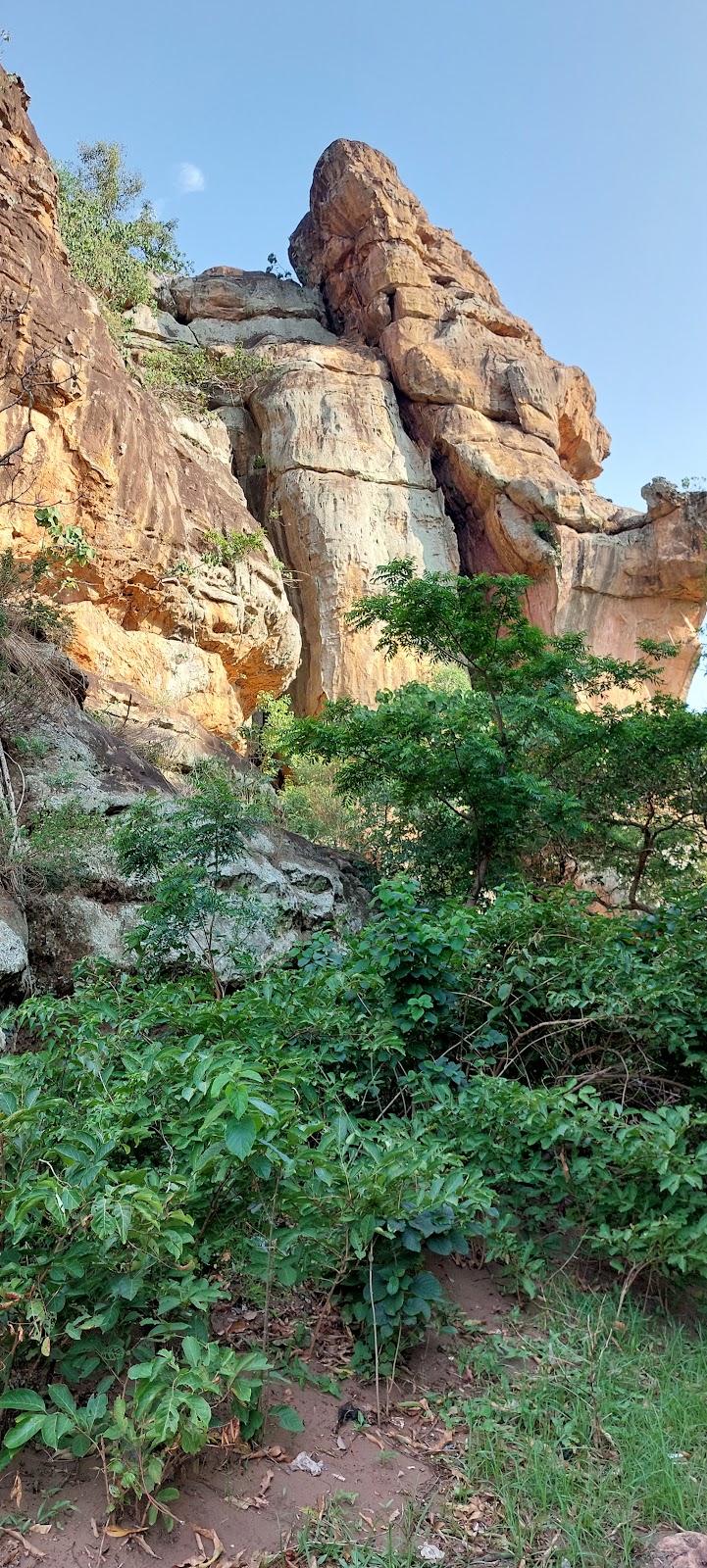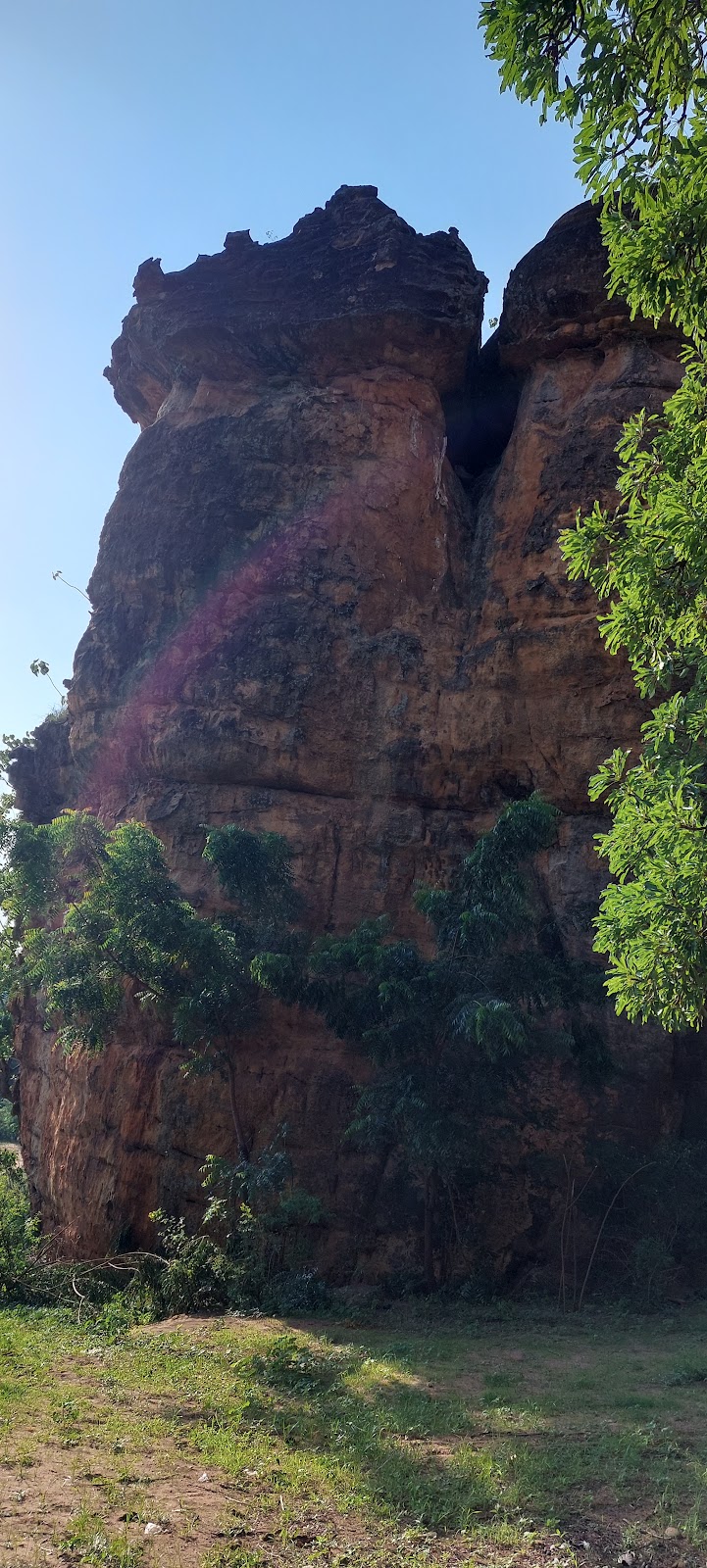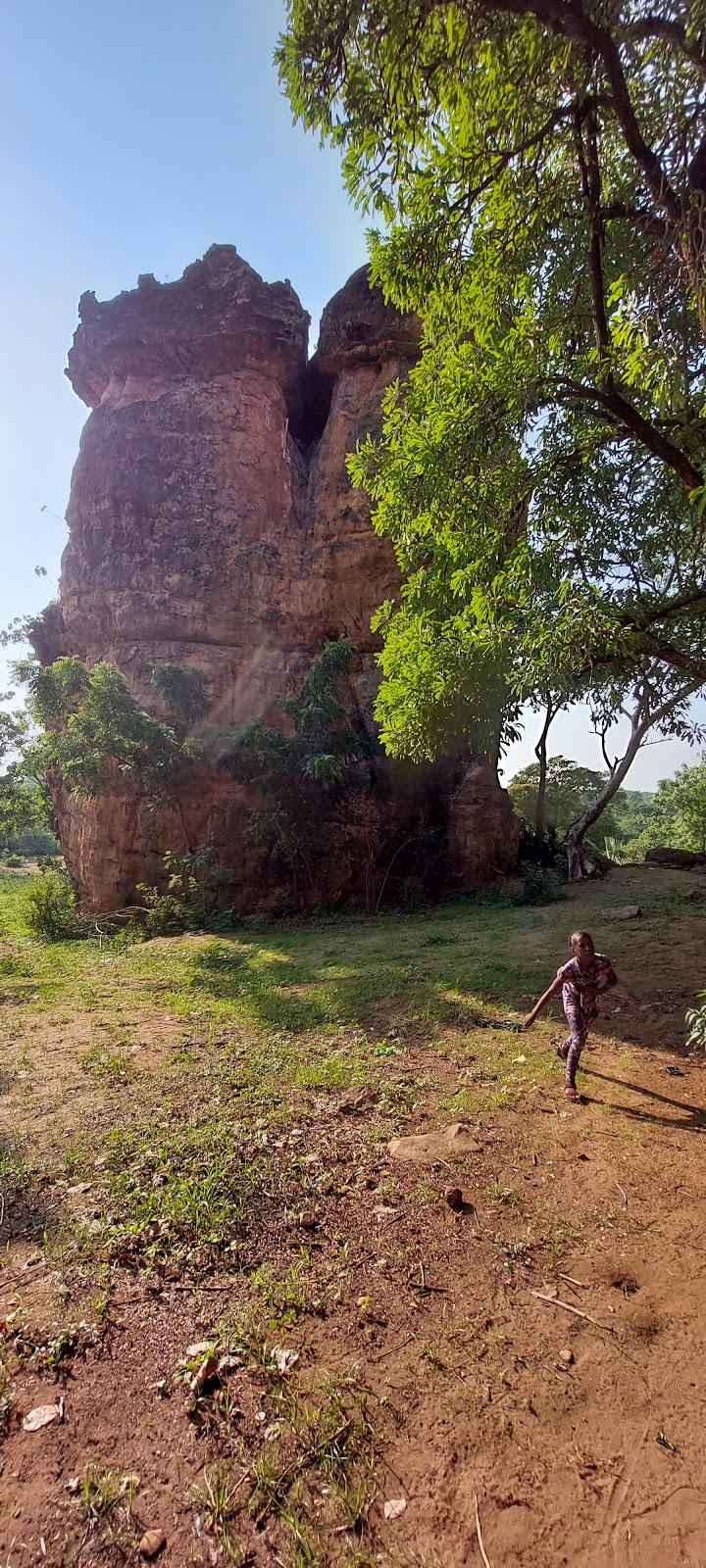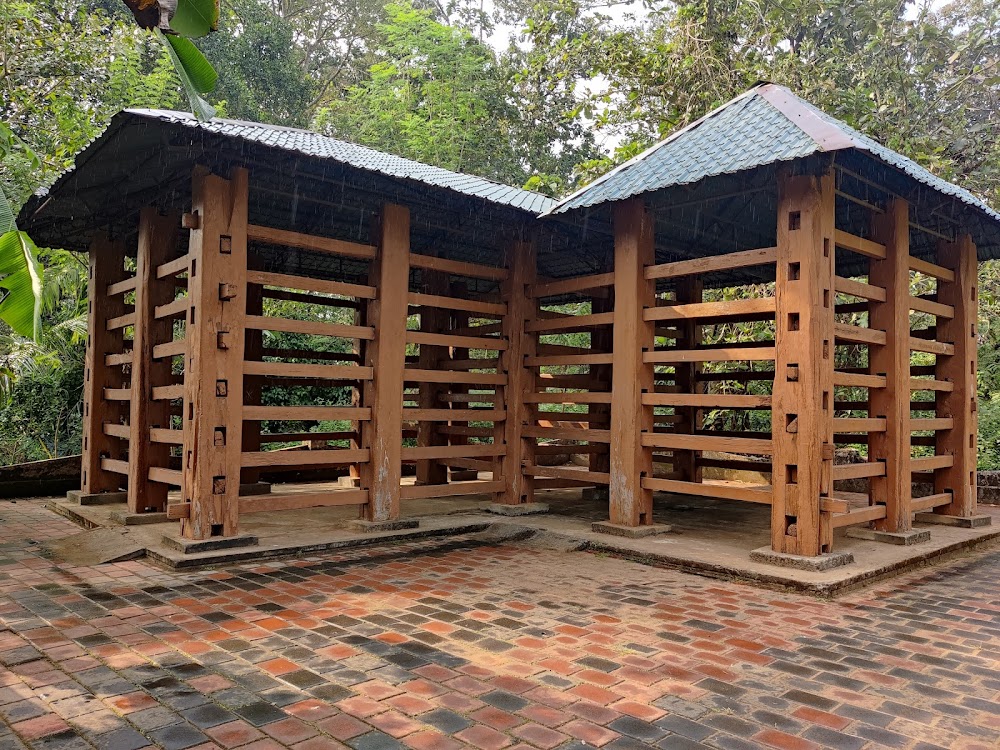Missirikoro Mosque (Mosquée de Missirikoro)
Overview
The Mosquée de Missirikoro, nestled in the heart of the Sikasso Region of Mali, is a beloved spiritual and community landmark. This stunning mosque not only holds great religious significance but also embodies a rich narrative of its construction and the cultural heritage it represents.
Originating in the early 20th century, the Mosquée de Missirikoro was established during a period when the local community yearned for a central place of worship—a symbol of their faith and unity. Its construction was a collective endeavor, fueled by the dedication and passion of local residents who aspired to create a sacred space for prayer and reflection.
The architectural design of the Mosquée de Missirikoro is a remarkable fusion of traditional Sahelian styles and local craftsmanship. Constructed primarily from sun-dried mud bricks, known as "Banco," this material is abundant in the region and contributes to the mosque's distinctive, timeless appearance. The use of mud bricks showcases the ingenious building techniques that have been passed down through generations in Mali.
One of the mosque's standout features is its thick, tapering walls, which not only provide structural support but also insulate against the extreme temperatures characteristic of the Sahelian climate. These walls are meticulously smoothed and finished with a plaster made from a mixture of mud and straw, lending the mosque a polished aesthetic. The flat roof, a hallmark of Sahelian architecture, is supported by wooden beams sourced from nearby forests, exemplifying the community’s resourcefulness in utilizing local materials.
The mosque’s facade is adorned with intricately carved wooden doors and windows, adding an elegant touch and artistic flair. The carvings often feature geometric patterns and symbolic motifs rich in cultural meaning, crafted by skilled artisans from the area. This artistry reflects the vibrant tradition of woodwork and craftsmanship that thrives in Sikasso.
Building the Mosquée de Missirikoro was no small feat; it required the collaboration and unity of the entire community. Men, women, and children all participated: men molded and laid the bricks, women transported water and mud, and children assisted by carrying tools and materials. This collective effort not only facilitated construction but also fostered a robust sense of solidarity among the villagers.
Beyond its role as a place of worship, the mosque serves as a gathering place for various community activities and social events. It is a hub for religious education, where both children and adults can learn about Islamic teachings and values. Additionally, it acts as a venue for important community decisions, nurturing a sense of governance and mutual respect among the people.
The Mosquée de Missirikoro has withstood the test of time, thanks to the community's ongoing maintenance efforts. Regular care—such as re-plastering and repairing structural damages—ensures the mosque remains in excellent condition for future generations. This tradition of maintenance not only preserves its physical form but also reinforces the spirit of togetherness that the mosque embodies.
Today, the Mosquée de Missirikoro stands as a symbol of the cultural and historical richness of the Sikasso Region. It reflects the Malian people’s resilience, ingenuity, and deep-rooted faith, drawing visitors and pilgrims alike who come to admire its beauty and immerse themselves in its spiritual ambiance.






